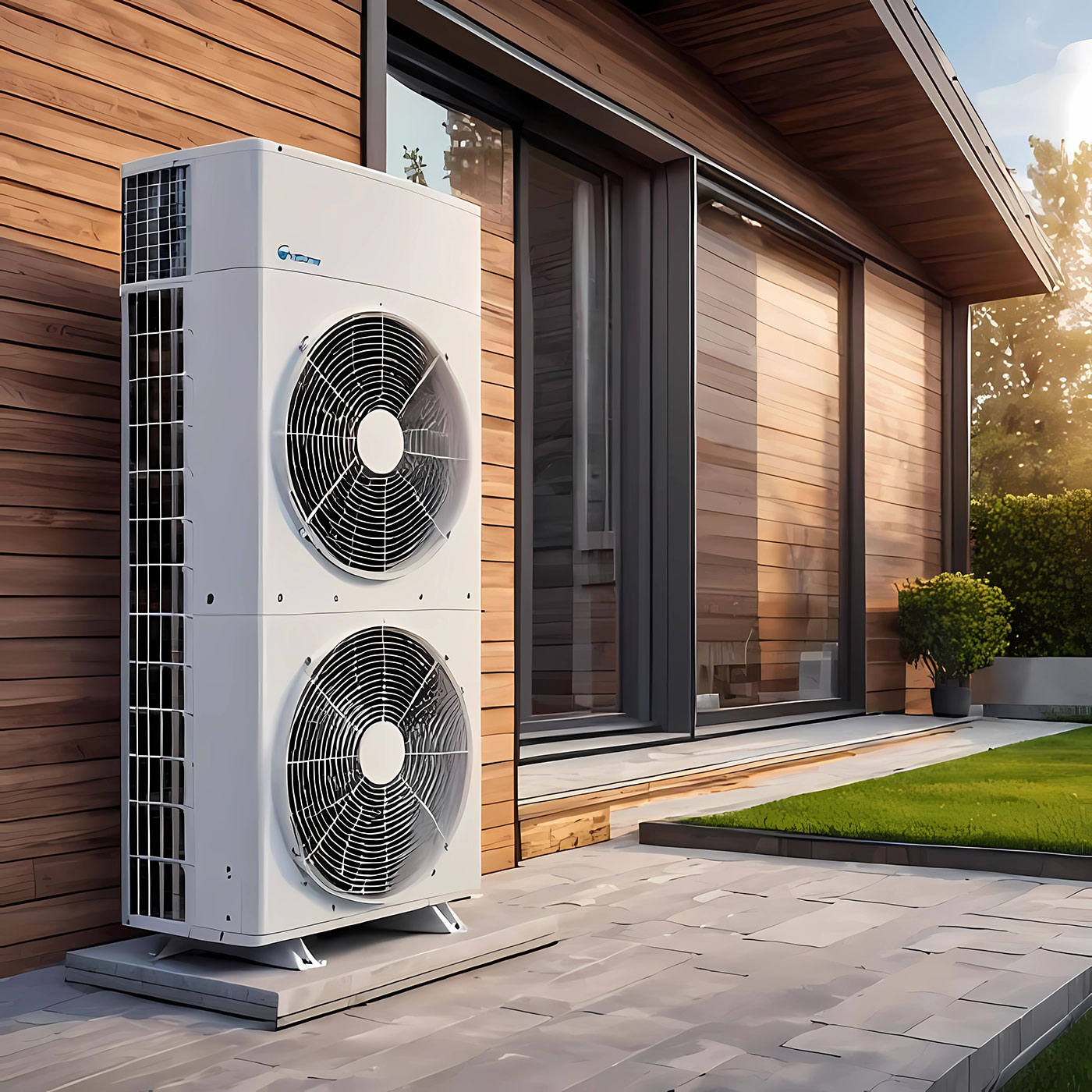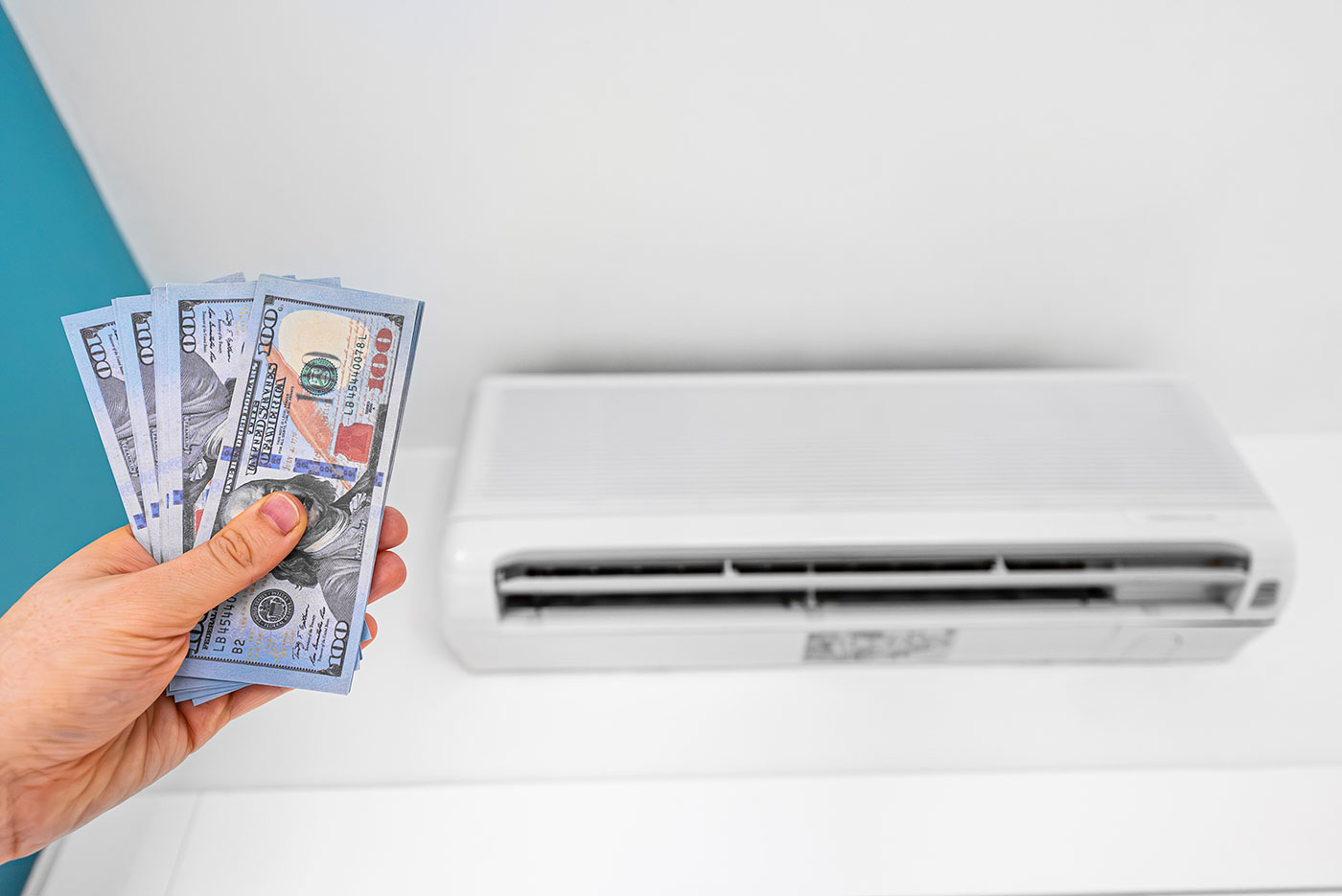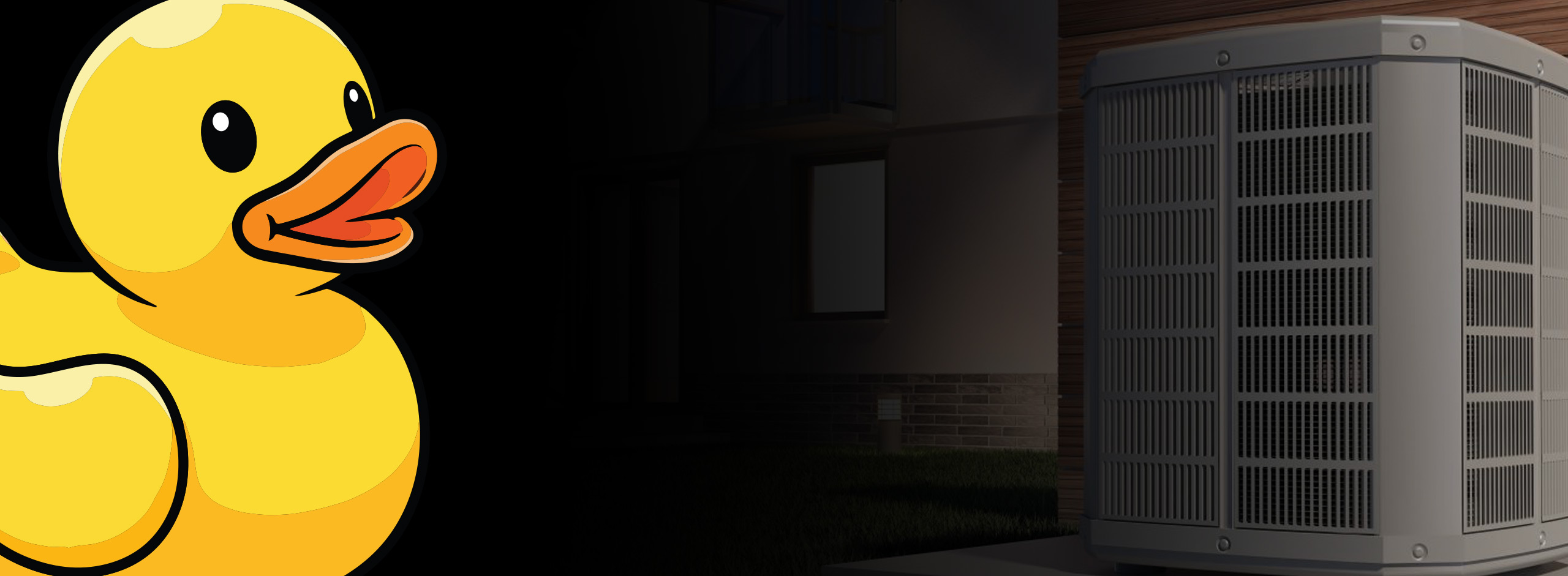
Here’s how a heat pump works:
By utilizing refrigeration principles, heat pumps offer an energy-efficient and environmentally friendly solution for both heating and cooling indoor spaces. They can provide consistent comfort throughout the year while reducing energy consumption compared to traditional heating and cooling systems.





